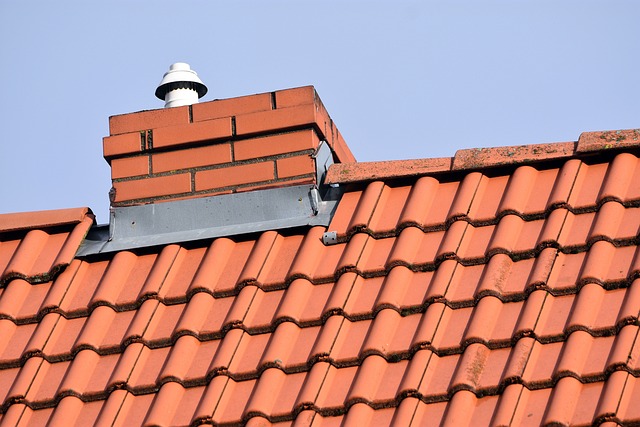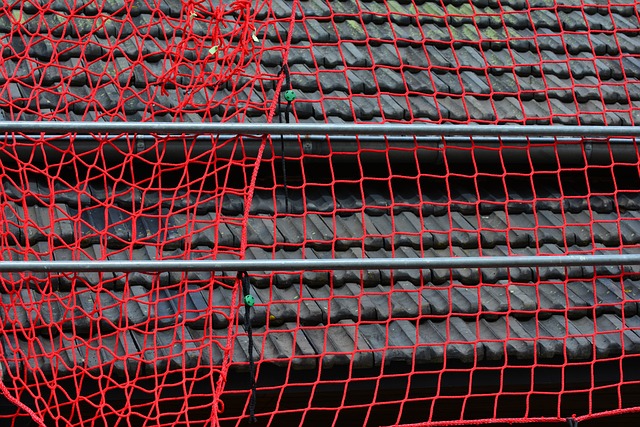Roof flashing, a key defense against Houston's humid climate, seals vulnerable areas like valleys, chimneys, and vent pipes, extending roofing system lifespan. This guide details repairing and maintaining flashing, from identifying damaged or rusted areas to cleaning, shaping new flashing, applying caulk, and securing it with proper fasteners, ensuring protection from water damage for Houston homes.
“Protect your home from water damage with a robust roof flashing system. This guide delves into the essential role of roof flashing in preventing water infiltration, particularly in Houston’s diverse climate. We’ll walk you through a step-by-step process to fix and maintain roof flashing, ensuring your Houston roof repair is effective and long-lasting. Discover expert tips for identifying issues and keeping your home dry.”
- Understanding Roof Flashing and Its Role in Water Prevention
- Step-by-Step Guide to Fix and Maintain Roof Flashing in Houston Roof Repair
Understanding Roof Flashing and Its Role in Water Prevention

Roof flashing is a crucial component in any roofing system, especially for Houston roof repair. It’s a thin layer of waterproof material installed along the joints and edges of your roof to prevent water infiltration. These areas, like valleys, chimneys, and vent pipes, are particularly vulnerable to leaks due to their role as entry points for rainwater. Flashing acts as a barrier, sealing these gaps and directing water onto the roof deck where it belongs.
Understanding the importance of flashing is key to maintaining a dry and healthy home. A well-installed flashing system can extend the lifespan of your roof by preventing damage caused by moisture. For Houston residents, this means safeguarding against common roofing issues exacerbated by our region’s frequent rainfall and humid climate. Proper flashing installation is an essential step in any houston roof repair, ensuring long-lasting protection for your home.
Step-by-Step Guide to Fix and Maintain Roof Flashing in Houston Roof Repair

Fixing and maintaining roof flashing is an essential aspect of Houston roof repair, ensuring your home stays protected from water damage. Here’s a step-by-step guide to help you tackle this task effectively:
1. Identify the Problem: Start by inspecting your roof for any signs of damage or leaks. Check the flashing around chimneys, vents, and roof valleys. If you notice rusted, cracked, or damaged flashing, it’s time for a repair.
2. Gather Materials: Collect the necessary tools and materials before beginning. This includes new flashing material (usually metal), caulk, a utility knife, a brush, and cleaning solutions. Ensure you get high-quality flashing designed for exterior use to guarantee longevity.
3. Clean the Area: Thoroughly clean the damaged area and nearby surfaces. Remove any debris, dirt, or old caulk. Use a wire brush to scrub away rust if present. A clean surface ensures better adhesion for new caulk and flashing.
4. Trim and Shape Flashing: Cut the new flashing to fit the specific contours of your roof. Ensure it covers the entire area where water could potentially seep in, following the natural lines of your roof.
5. Apply Caulk: Use a high-quality caulk to seal any gaps between the flashing and the roof surface. Caulk provides an extra barrier against moisture. Apply it along the edges, ensuring a continuous seal.
6. Secure Flashing: Fasten the flashing securely using appropriate fasteners or adhesive. Check local building codes for recommended methods. Ensure the flashing is tightly in place but not overly tight to avoid damage during contraction and expansion.
In conclusion, proper roof flashing installation and maintenance are vital components of any successful Houston roof repair strategy. By understanding the role of flashing in preventing water infiltration, you can effectively protect your home from potential damage. Following the step-by-step guide provided, you’ll be equipped to fix and maintain your roofing flashing, ensuring a durable and waterproof barrier for years to come. When it comes to Houston roof repair, addressing flashing issues promptly is key to preserving the integrity of your roof and safeguarding against costly water damage.
